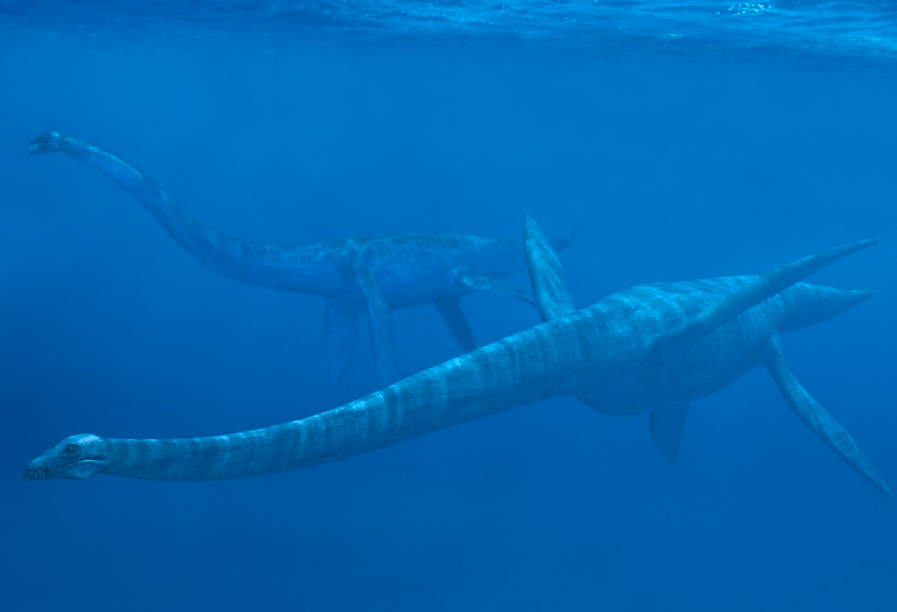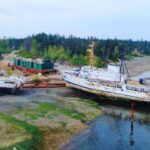In 1988, a pair of amateur paleontologists were doing some digging in Comox Valley when they came across an incredible discovery. Mike Trask and his 12-year-old daughter Heather were hunting for dinosaur remnants along the Puntledge River when she spotted large fossilized bones sticking out of the river bank. Their find – an 80-million-year-old elasmosaur skeleton – was the first discovery of its kind in BC.
“BC has a rich and diverse variety of fossils and fossil deposits, resulting from the complex geological processes that formed our province. Adding a fossil emblem to our official provincial symbol is a great way to increase awareness about our natural, physical, geologic provincial history.”
Lana Popham, Tourism Minister
Now the twelve metre-long marine reptile with a snake-like neck and fierce set of sharp teeth is set to be added to BC’s official symbols. The proposed legislation would add the dinosaur to BC’s Provincial Symbols and Honours Act, put forward by Tourism Minister Lana Popham and supported by Ronna-Rae Leonard, the NDP MLA for the Courtenay-Comox region.

“BC has a rich and diverse variety of fossils and fossil deposits, resulting from the complex geological processes that formed our province,” Popham said to CHEK News. “Adding a fossil emblem to our official provincial symbol is a great way to increase awareness about our natural, physical, geologic provincial history.”
“A tremendous amount has come from this discovery … it’s inspired hundreds of kids to get out there and collect and learn about things … rather than sitting at home playing video games.”
Mike Trask
In 2018, the elasmosaurus won a province-wide contest by a landslide to become the newest symbol added to BC’s official list. Other symbols of the province include the steller’s jay, spirit bear, Pacific salmon, and the Pacific dogwood flower.
In a video uploaded by the Courtenay and District Museum and Palaeontology Centre on YouTube, Mike Trask explains how he and his daughter found the elasmosaur and the impact of the once-in-a-lifetime find on the wider community. “A tremendous amount has come from this discovery … it’s inspired hundreds of kids to get out there and collect and learn about things … rather than sitting at home playing video games,” he says.
“It belongs to the community, it belongs to the province and to everyone.”
Visitors can see the elasmosaur up close and in person at the Courtenay Museum and Palaeontology Centre on Vancouver Island. The museum “stands at the forefront of the exploration of more than 400 million years of prehistory on Vancouver Island,” according to its website.
The Centre even offers fossil tours in a forested walk about a 10-minute drive from the museum. Participants are provided with their own chiselling tools and goggles and encouraged to make their own discoveries alongside the local waterways. The museum only asks that if you are lucky enough to uncover a species “of scientific value,” the fossil be donated to their collection with your name attached to the discovery.




